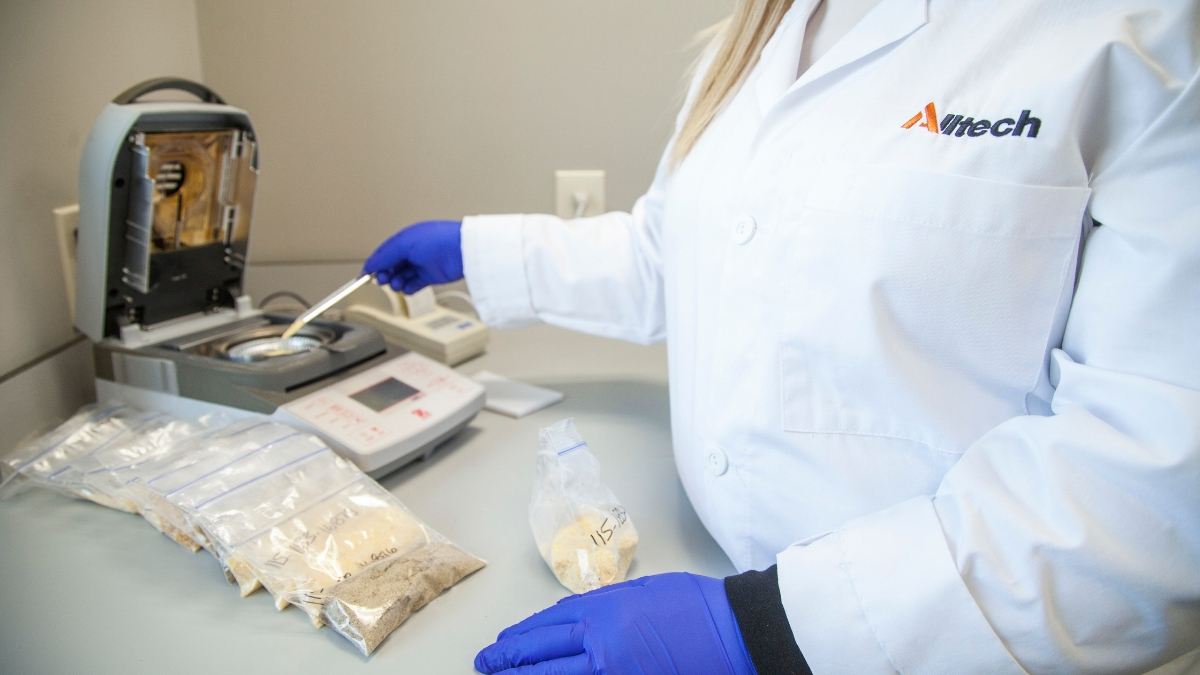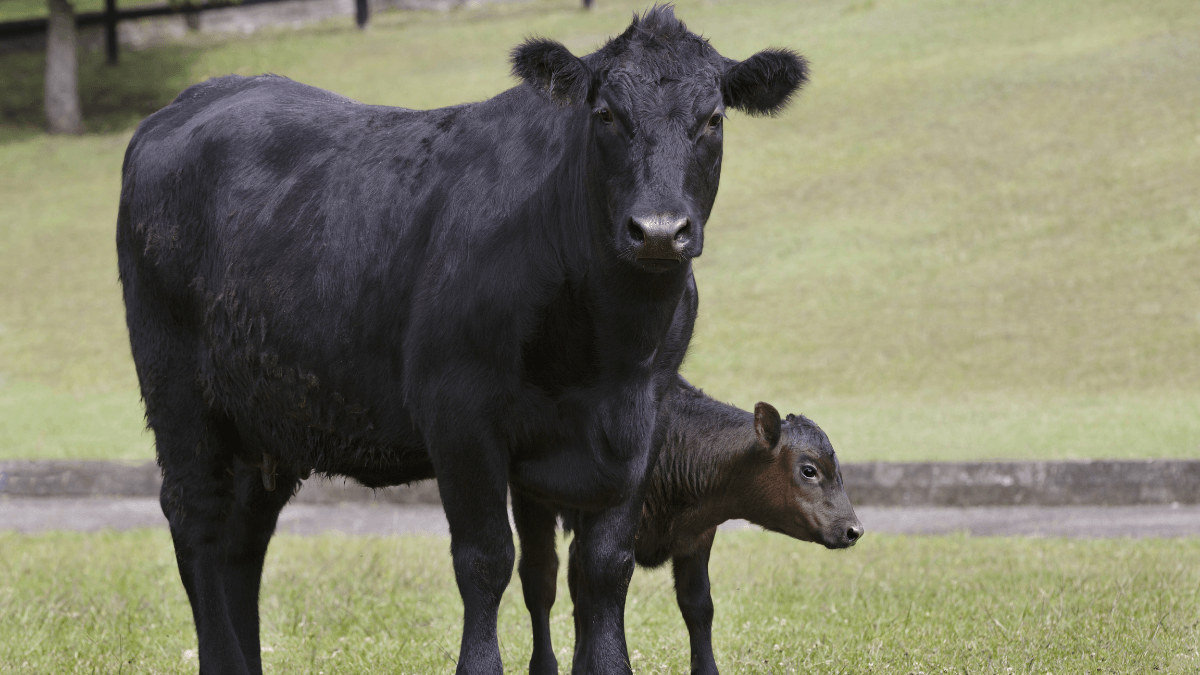How to boost your Positive Intelligence through mental fitness
What if, when something went wrong, your natural response was to feel positive, calm and proactive? Can you actually train your brain to handle life’s greatest challenges without stress and negative emotions?
According to Shirzad Chamine, neuroscientist and CEO of Positive Intelligence, Inc., you can do both — and when you do, you will be happier and more successful and will perform better.
This may sound aspirational, but Chamine has the research — and methodology — to prove that mental fitness is the key to unleashing your true potential at work and in life.
More than 500,000 people from over 50 countries have participated in Chamine’s Positive Intelligence research. Having coached hundreds of CEOs and their executive teams, as well as world-class athletes and students from Stanford University, he’s helped professionals worldwide make mental fitness a part of their daily routine.
What is mental fitness?
Mental fitness is our capacity to respond to life’s challenges with a positive mindset, rather than a negative one. It’s measured by your Positive Intelligence Quotient, or PQ, which is the percentage of time your mind spends serving you as opposed to sabotaging you. As a conscious method for avoiding self-sabotage, your PQ can be built and strengthened over time.
Independent researchers have validated the many benefits of a higher PQ, ranging from higher salaries to greater success in work, marriage, friendship and more. Additionally, project teams with a high PQ are shown to perform 31% better on key performance metrics.
Chamine’s approach to boosting PQ, which he recently discussed during his keynote address at the 2021 Alltech ONE Ideas Conference, begins with learning the behavioral neuroscience behind two very different components of the mind: the Saboteurs and the Sage.
This might sound complex, but understanding the roles that Saboteurs and the Sage play in the way we experience life is one of the simplest, most effective ways for overcoming long-term patterns of self-sabotage.
Identifying your Saboteurs
Saboteurs are the negative voices and limiting beliefs and habits that stand between you and the potential you actually fulfill.
- Saboteurs motivate you through negative emotions like fear, stress, anger, guilt, shame and insecurity.
- There are 10 Saboteurs responsible for the most common ways that we self-sabotage. The most common is The Judge, or the voice that tells us to find fault in ourselves, in others, and in our situations and circumstances. It’s constantly judging what’s wrong and fails to see what’s right.
- Imagine Saboteurs as a cast of characters in your mind that keep you in a place of negativity, reaction and self-doubt.
Finding your Sage
By contrast, the Sage is the Saboteurs’ positive counterpart that motivates us through emotions like curiosity, empathy, creativity and calm.
- Whereas the Saboteur fuels self-sabotage, the Sage brain tells us that every outcome or circumstance can be turned into a gift or an opportunity.
- The strength of your Sage is what determines your PQ and enables you to take clear-headed, laser-focused action.
- Understanding the differences between your Sage and your Saboteurs — and identifying which one your mind is serving — is the first concrete step to self-mastery.
“You're not just of two minds; you are of two brains. You have two entirely different wirings in your brain, with different neurochemicals that get produced and very different functioning,” said Chamine. “A big question at any given time is: Which part of your brain is activated right now? That determines everything about how you handle life's great challenges.”
By understanding which part of your brain is activated and the power of Positive Intelligence to determine your response, you can train yourself to recover and switch from negative to positive at a faster pace.
How to strengthen your PQ
1. Intercept your Saboteurs
When you feel a negative emotion, stop to observe and label your Saboteurs. By simply bringing them into awareness, you’ve already weakened their power.
2. Power up your Sage brain
Now that you’ve confronted your Saboteurs, it’s time to shift into Sage mode. Practice PQ reps to activate your Sage mind. PQ reps are simple exercises that involve shifting your attention to your body and your senses for at least 10 seconds. These practices strengthen the self-command muscle that helps you regulate your emotions. You can do PQ reps anytime, anywhere.
3. Choose Sage responses
Now, you can explore, empathize, innovate, navigate and activate to respond with the Sage perspective.
“When your Sage comes in and says, ‘You know what? I can and I shall convert this into a gift and opportunity,’ imagine what emotions you’re going to be experiencing,” Chamine suggested. “You're going to be feeling optimistic. You're going to be feeling curious.
“When you ask ‘How do I turn this into a gift? What could the gift be?’, you're activating a positive region of your brain that's wired for creativity, for resourcefulness,” he continued. “You're creating a positive foundation — not just in your own head, but amongst others.”
With this knowledge, Chamine wondered: What if you focused on building the powers of your mind with the same determination you bring to our improving your physical fitness? Can you imagine the possibilities?
“Moment by moment, one day at a time, that muscle of positivity builds,” Chamine reminded viewers at ONE. “And then, the contagion effect that you create in the world — you have no idea how powerful that is. You create a contagion, (but) rather than a contagion of negativity, you intercept that, and you create a positive contagion. And it's beautiful, as you become part of the solution rather than part of the problem in our world.”
Will you join us in seeing challenges as opportunities and pursuing greater happiness and success through the power of Positive Intelligence?
Visit one.alltech.com for more information.
Sign up to receive information and updates about the Alltech ONE Ideas Conference!
- Read more about How to boost your Positive Intelligence through mental fitness
- Log in to post comments

<script charset="utf-8" type="text/javascript" src="//js.hsforms.net/forms/v2-legacy.js"></script>
<![endif]--><script charset="utf-8" type="text/javascript" src="//js.hsforms.net/forms/v2.js"></script><script>
hbspt.forms.create({
region: "na1",
portalId: "745395",
formId: "1c790526-1f39-4ebc-bf3e-71b9c86fea92"
});
</script>

























